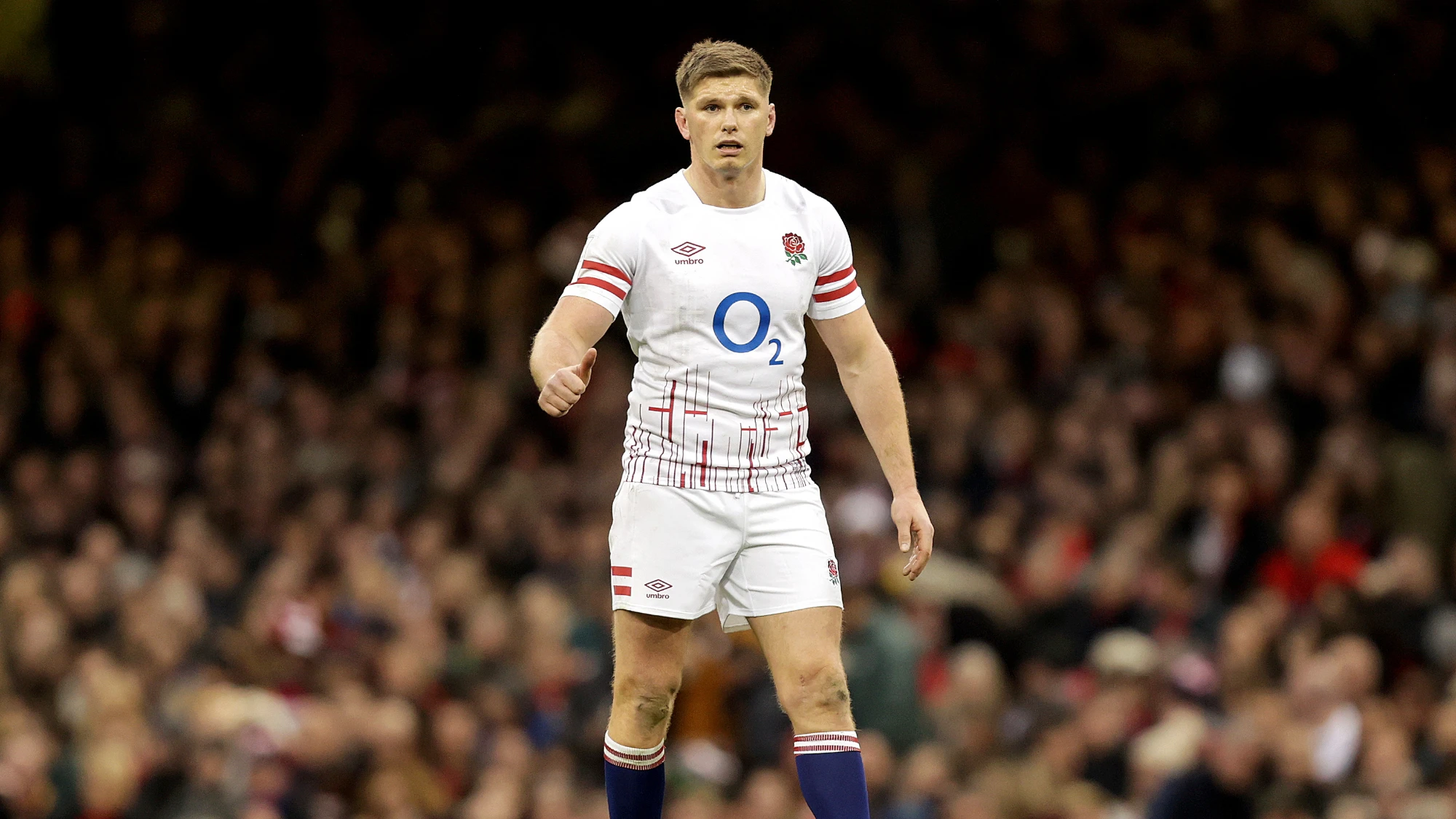Less possession, fewer carries, fewer metres per carry, fewer rucks won and, at one point, a 10-1 penalty count against them – that was the bare statistical story of England’s day in Dublin.
A familiar story for a team playing Ireland but this time, England won convincingly. Ireland could not get into the danger zone. In contrast, England created twice as many chances and were efficient with those opportunities.
But it was England’s defence which gave them the platform to win this match, disrupting Ireland’s game to the point that the champions struggled to create anything in attack.
Ireland’s game under Joe Schmidt has been built on a possession style forcing the opposition to make high numbers of tackles as move gradually up the pitch and probe for weaknesses. Their rucking and work-rate is key – half of last season’s top-10 contributors at attacking rucks in the Six Nations Championship played for Ireland with Rory Best contributing the most of all players in the competition.
Check out comprehensive previews, match statistics and extended reviews from all 15 games in the Guinness Six Nations, Powered by AWS.
Ireland’s phase-play style functioned well on the face of it with 57% of attacking rucks being completed in under three seconds on Saturday, the highest proportion of any of the six teams on the opening weekend. But Ireland were under great pressure from England’s defence and it was this defensive superiority which ultimately decided the match.
Let’s look at quantity first. Mako Vunipola made 31 tackles against Ireland by the official statistics, the most by any player in week one. Mark Wilson (27 tackles made), Tom Curry (23) and Jamie George (22) were England’s next best and all were amongst the five most frequent tacklers in the three opening matches.
But it is the quality of England’s work in defence which made the real difference.
Dominant tackling was a feature of England’s game with 46 tackles being categorised as such in the official statistics. That is more than twice as many as any other team this weekend and five times Ireland’s total in the same statistical category. Mako Vunipola and Mark Wilson were again the stars here with nine and seven of this type of tackle respectively. Even wing Jonny May chipped in with four dominant tackles.
Rather than controlling the ball and probing, Ireland found themselves forced backwards in the tackle.
Their strategy at the ruck was the second facet to England’s masterplan.
Tom Curry was one of the first three England defenders to the breakdown on 16 occasions on Saturday. Adding this to his breakdown steal makes him the standout Guinness Six Nations player in terms of his defending at the breakdown. In terms of getting to the breakdown in the first three, Maro Itoje was fifth best across the three matches and that man Mako Vunipola featured also featured amongst the top performers, in 12th.
That intensity in the defensive ruck, combined with ferocious tackling and breakdown work forced Ireland into quicker decisions. England generally kicked very well and enjoyed good results when they put boot to ball. One specific area we can see the effect that had is in the box-kicking by the two scrum-halves. Conor Murray’s box kick is one of Ireland’s most formidable weapons but his 17 kicks averaged a distance of only around 23 metres. Ben Youngs kicked nearly five metres further on average with his 19 kicks.
Rather than working their way up the pitch, Ireland attacking moves tended to break down before they reached England’s 22. It took until the 53rd minute for Ireland to cross the 22 in open play. Prior to that, the Irish had been in England’s 22 on just one occasion from a lineout inside the 22 after a penalty.
England had been in Irish territory on four occasions by the 53rd minute and had built up a 17-10 lead. That seven point lead set the platform for England to score twice more to seal the match.
The reverse of previous form was total. The four tries England scored equalled the number they had managed in seven previous visits to Dublin combined. England scored their highest number of points in Dublin since the 2003 Grand Slam winning match. Make no mistake though, those records were achieved on the back of a great defensive platform.
Kinghorn’s try hat-trick the first in 30 years
Blair Kinghorn’s hat-trick of tries was the first for 30 years by a Scottish player in this competition. Iwan Tukalo was the last Scot to achieve this, scoring three times against Ireland in a legendary 37-21 comeback win in 1989. Kinghorn is now part of a select band of nine Scottish players to have scored three tries in a Four/Five/Six Nations match.
Passing contrast for France
It is no great insight to say that passing is centrally important to the game of rugby and for France, it provided two key moments in two contrasting halves.
French success in the first half came from taking advantage of Wales errors and offloading in the tackle. The first half handling error count was 9-1 in France’s favour while in total, France offloaded 13 times in the match, nearly twice as many as in last season’s fixture. The pick of these was a beautiful Arthur Iturria offload to Yoann Huget which led to the second French try.
It was second-row Sebastian Vahaamina’s long pass in the second-half which proved key to the second half.
Along with front-rowers, players in the second row usually pass the least. Across all of this weekend’s fixtures, second-rowers passed the ball on just 30 occasions, an average of 2.5 per player per 80 minutes and in France v Wales they passed just eight times.
Simon Gleave has been a sports data analyst for nearly 20 years – you can follow him here on Twitter.



